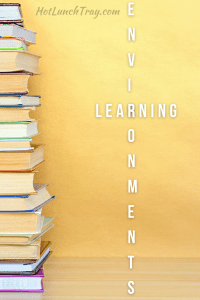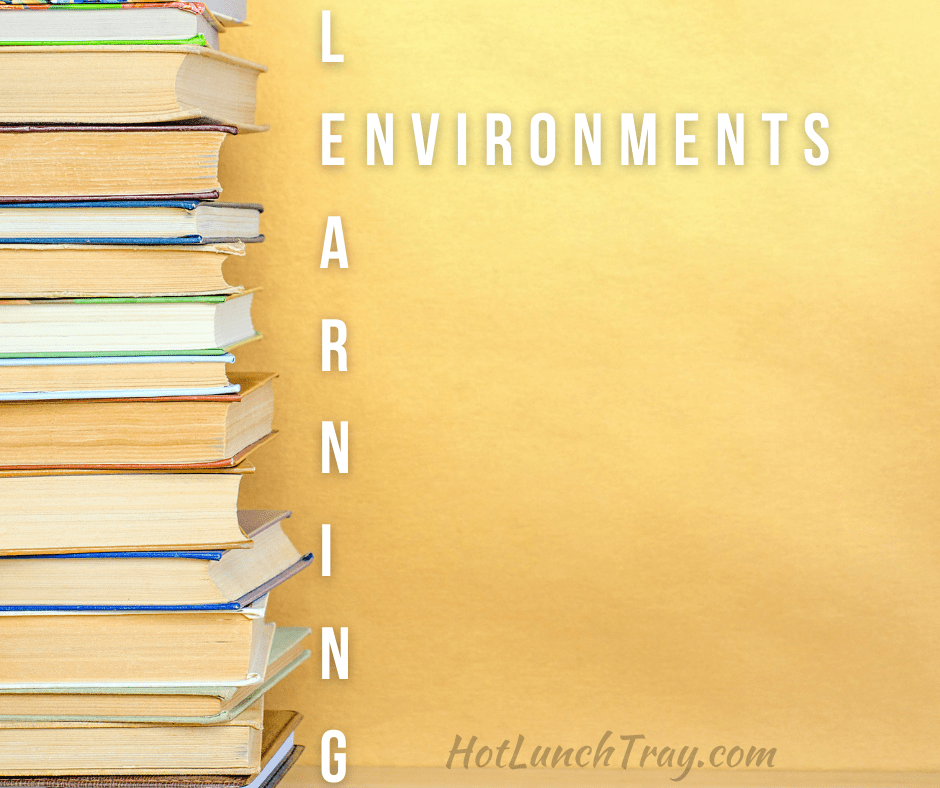Higher education has broader experience in a variety of learning environments. Distance education and more recently online education is more often a higher education offering. This is in contrast to the K-12 setting which is custodial in nature and often functions as loco parentis. The recent pandemic provided K-12 with an experience of synchronous distance and/or blended education. The environmental options and history in K-12 education are more nascent than in higher education, but they can provide opportunities to better select what K-12 can become.

Knowing You Know
A central tenent of Albert Bandura’s Social Learning Theory is self-efficacy (Wulfert, 2023). Self-efficacy might be described as knowing you can accomplish something. As educators or trainers, we are excellent observers of learners’ self-efficacy. But more interesting is how to construct that self-efficacy in learners.
Kruger and Dunning (as cited in The Psychology of Being a Beginner) state “Those in the bottom quartile on knowledge are the most likely to be overconfident” (The Psychology of Being a Beginner, 2022, para 46). This state is called unconscious incompetence and many learners may recall the first time their “beginner’s bubble” (para 47) was burst. Learners travel through a U-shaped journey where they realize they are not knowledgeable and consciously build their knowledge until they are consciously competent.
When a learner experiences that dissonance, that realization that they do not know a thing, how can the teacher guide the learner toward the knowledge in a productive manner? “Constructive Disequilibrium” is when an instructor steps in when a student is experiencing dissonance and offers just-in-time support to incorporate the inability to complete existing learner scaffolding (Nalani, et al., 2021, p 152). Each person in a learning environment must know if they know for themselves; measuring this externally is challenging, better to equip each participant to monitor their self-efficacy.
An Attitude from the Teacher
A learning environment is as much the structure as the participants. The instructional designer, facilitator, or teacher control select aspects of the learning environment. However, many factors are determined by the number and disposition of participants, the background knowledge of participants, and the larger setting. While this factor is not controlled by the teacher, the teacher has an opportunity to practice “unconditional positive regard” for his or her students (Fisher, et al., 2020, p 53). As a leader in the learning environment, when a teacher assumes the best possible intentions of each situation s/he is asking questions and listening. This improvement in communication sets a curious and open tone for learners to inquire deeper. The climate of the class can be more enjoyable when all are curious and asking questions instead of making assumptions. The attitude of the teacher leads the climate, one way or another.
Related Read: Community of Inquiry – A basis for building K-12 learning environments.
My Experiences
From 1998-2009 I taught in-person, 4-7. I then transitioned to an elearning specialist/educational technology coach/LMS administrator. During the COVID-19 pandemic, one of my responsibilities was the training of approximately 400 K-12 teachers. These traditionally in-person educators were challenged to reimagine their learning environment online. I later vetted and trained a newly formed K-12 virtual academy staff for that same district. The potential of uniformity that a learning management system (LMS) promises to educators to provide a similar experience for families is very challenging to achieve. I know as I have grown into my online adjunct role and I am still learning ways to be more in line with the expectations and ways of the institution. I think because of the varied histories of K-12 and higher education, higher education is better prepared for online asynchronous teaching and learning environments. However, K-12 could use the lessons from the pandemic and higher education to springboard ahead.
Fisher, D., Frey, N., & Hattie, J. (2020). The distance learning playbook, grades K-12 the distance learning playbook, grades K-12: Teaching for engagement and impact in any setting. Corwin Press.
Nalani, A., Gómez, C., & Garrod, A. C. (2021). Constructive Disequilibrium and Transformative Pedagogy: Developing Global Citizens in Faraway Spaces. Journal of the Scholarship of Teaching & Learning, 21(4), 151–163. https://doi.org/10.14434/josotl.v21i4.32705
The psychology of being a beginner. (2022). Social & Personality Psychology Compass, 16(4), 1–11. https://doi.org/10.1111/spc3.12659
Wulfert, E. (2023). Social learning according to Albert Bandura. Salem Press Encyclopedia of Health.






Leave a Reply